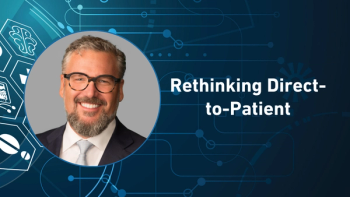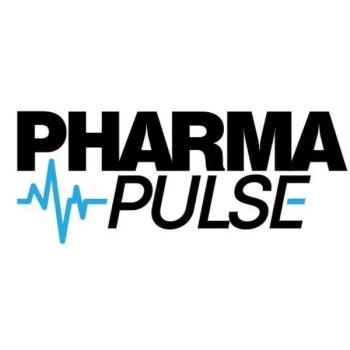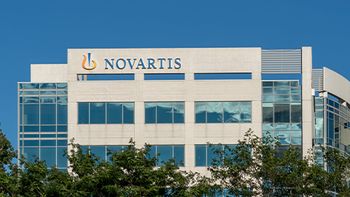
Prescription digital therapeutics are entering the healthcare mainstream
Sandoz and Pear Therapeutics tackle opioid use disorder
“Prescription digital therapeutics” (PDT) is more than three nice-sounding words bolted together—it is now entering the commercial arena as a new approach to disease management. This week, Sandoz and Pear Therapeutics are officially launching reSET-O, Pear’s branding for an FDA-approved therapy for opioid use disorder (OUD); last week, Otsuka Pharmaceutical and Click Therapeutics announced a collaboration to develop a PDT for treatment of major depressive disorder (MDD), with a multi-tiered agreement that could have Otsuka paying Click over $300 million if commercial milestones are met.
Pear Therapeutics says that the reSET-O program is a 12-week cognitive behavioral therapy intended to be used in addition to outpatient treatment. It includes transmucosal buprenorphine, a commonly used medication to treat opioid addiction, and contingency management designed to provide incentives to reinforce positive behaviors. Click is developing a software app, currently identified as CT-152, that combines a patient-engagement platform with cognitive therapy principles, “to treat patients either independently or in conjunction with prescribed pharmacotherapies,” according to an Otsuka statement. Otsuka markets the now-generic product Abilify (aripiprazole), for bipolar disorder, as well as the more recent Rexulti (brexipiprazole) for MDD.
Last summer, Click Therapeutics also picked up a $17-million investment round, led by Sanofi Ventures, to continue development of programs for acute coronary syndrome, pain management and insomnia. All these products will eventually receive FDA review for approval as Class II medical devices, to be prescribed by physicians and reimbursed by payers, according to Click.
Thousands of apps have been developed for consumer-oriented wellness applications, or the burgeoning field of digital health, for diet, exercise and health maintenance. What distinguishes PDT, however, is the potential tie-in with a prescription drug regimen and the goal of having FDA approval. Click Therapeutics goes so far as to say its technology represents a fourth generation in therapy, preceded by small-molecule pharmaceuticals, biologics, cellular and genetic therapies, and now PDT. The technology has been under development for about a decade; Click started out with smoking-cessation app; and Pear Therapeutics has piloted its technology with Magellan Health, a pharmacy-benefit and employee-assistance provider in managed care.
A recent
Newsletter
Stay ahead in the life sciences industry with Pharmaceutical Commerce, the latest news, trends, and strategies in drug distribution, commercialization, and market access.





